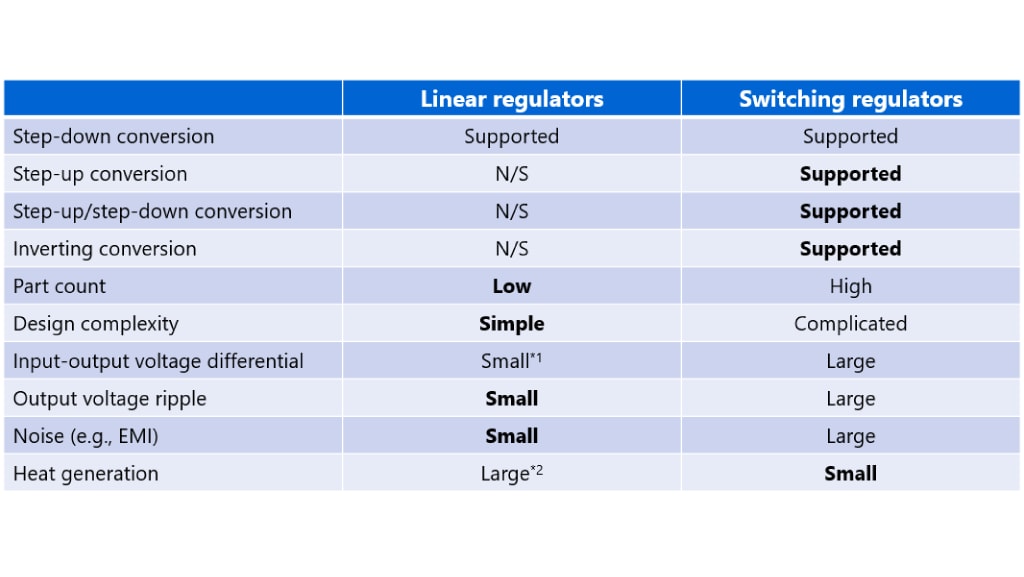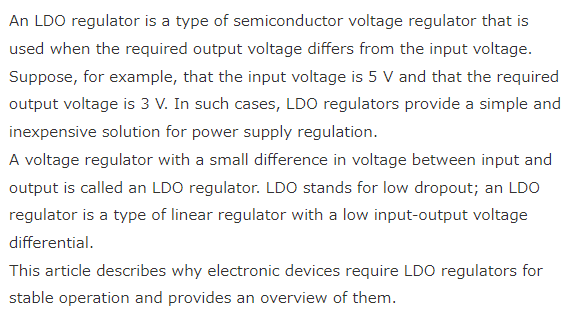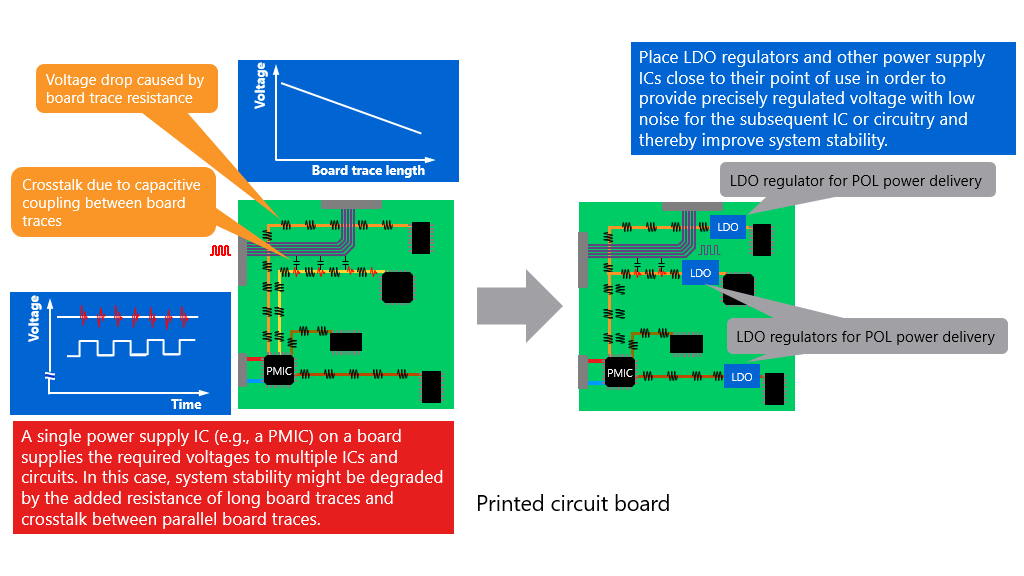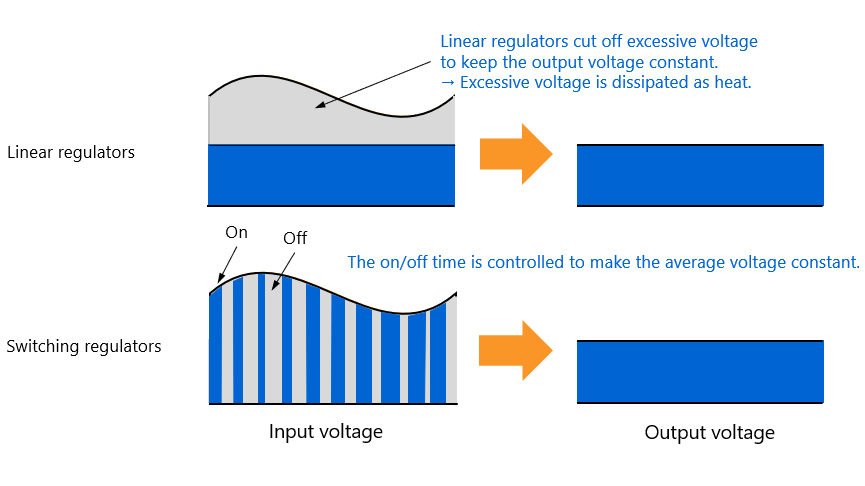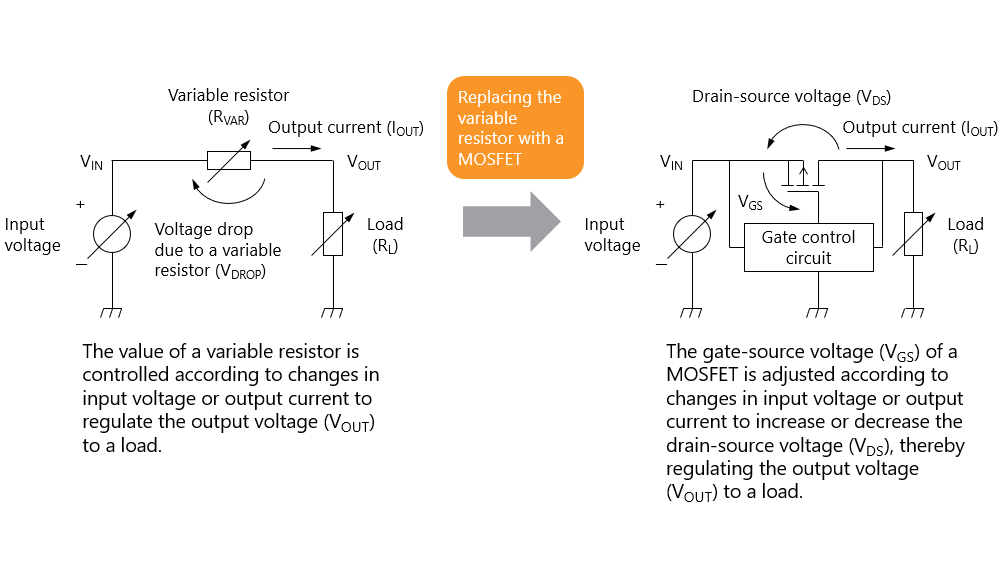-
My ToshibaSemicon
- 반도체 탑
-
애플리케이션Automotive
Body Electronics
xEV
In-Vehicle Infotainment
Advanced Driver-Assistance Systems (ADAS)
Chassis
IndustrialInfrastructure
BEMS/HEMS
Factory Automation
Commercial Equipment
Consumer/PersonalIoT Equipment
Healthcare
Wearable Device
Mobile
Computer Peripherals
-
제품자동차 디바이스
Discrete Semiconductor
다이오드
트랜지스터
로직 IC
Analog Devices
Digital Devices
Wireless Devices
※
: Products list (parametric search)
파워반도체※
: Products list (parametric search)
Isolators/Solid State RelaysPhotocouplers
Digital Isolators
Solid State Relays
Fiber Optic Transmitting Modules
※
: Products list (parametric search)
MOSFETsIGBTs/IEGTs바이폴라 트랜지스터※
: Products list (parametric search)
다이오드※
: Products list (parametric search)
마이크로컨트롤러모터 드라이버 ICIntelligent Power ICs※
: Products list (parametric search)
전원관리IC리니어 IC※
: Products list (parametric search)
범용로직IC리니어 이미지 센서기타 제품용 IC기타 제품용 IC
※
: Products list (parametric search)
-
개발/설계 지원
-
기술 자료
- 구매처
- 부품 번호 & 키워드 검색
- 상호 참조 검색
- 파라미터 검색
- 재고 확인 및 구매
This webpage doesn't work with Internet Explorer. Please use the latest version of Google Chrome, Microsoft Edge, Mozilla Firefox or Safari.
3글자 이상 입력하세요. Search for multiple part numbers fromhere.
The information presented in this cross reference is based on TOSHIBA's selection criteria and should be treated as a suggestion only. Please carefully review the latest versions of all relevant information on the TOSHIBA products, including without limitation data sheets and validate all operating parameters of the TOSHIBA products to ensure that the suggested TOSHIBA products are truly compatible with your design and application.Please note that this cross reference is based on TOSHIBA's estimate of compatibility with other manufacturers' products, based on other manufacturers' published data, at the time the data was collected.TOSHIBA is not responsible for any incorrect or incomplete information. Information is subject to change at any time without notice.
3글자 이상 입력하세요.
1-9. Differences between a three-terminal voltage regulator and an LDO regulator
Classic three-terminal voltage regulators (also known as standard voltage regulators) use an NPN-type transistor or an N-channel MOSFET as an output transistor.
For these regulators to work, an input-output voltage differential called a dropout voltage (VDO) is necessary as shown below. In the case of NPN-type voltage regulators, the minimum value of VDO must satisfy VIN - VOUT > RIN x IIN + 2 × VBE.
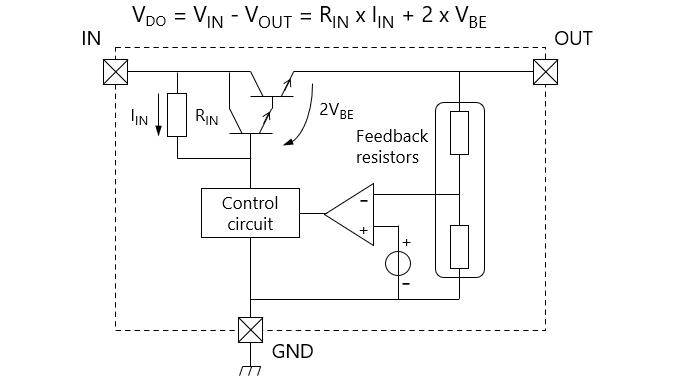
In the case of MOSFET-based voltage regulators, the minimum value of VDO must satisfy VIN - VOUT > RIN × IIN + VGS. Suppose RIN = 1 kΩ, IIN = 1 mA, VBE = 0.7 V, and VGS = 1 V. Then, the minimum input voltage required to generate a 5-V output is calculated to be 7.4 V in the case of NPN-type voltage regulators and 7 V in the case of MOSFET-based voltage regulators.
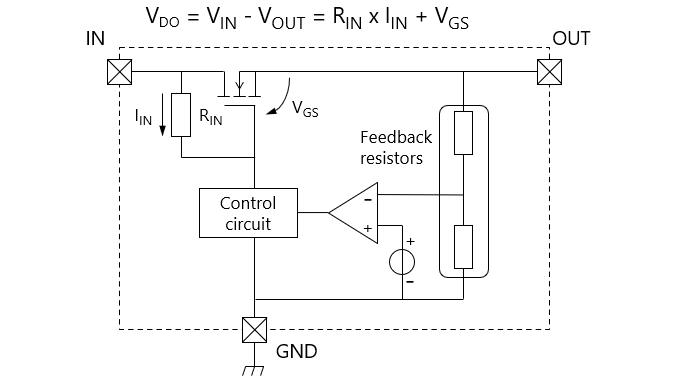
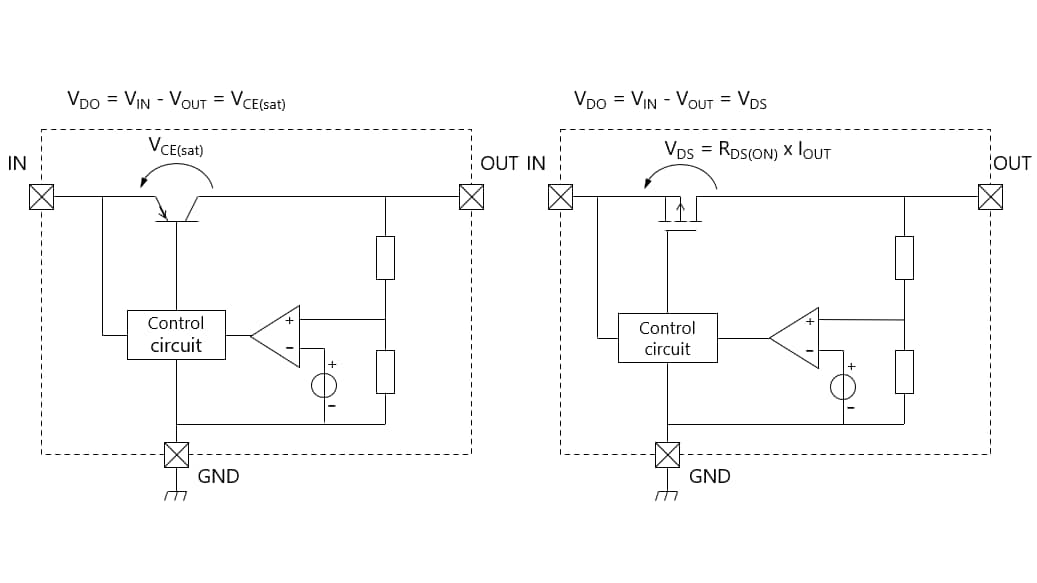
In contrast to these regulators, LDO regulators mainly use a PNP transistor or a P-channel MOSFET as an output transistor. The minimum dropout voltage of such LDO regulators is determined by the collector-emitter voltage (VCE(sat)) and the drain-source voltage (VDS = RDS(ON) × ID). Therefore, LDO regulators can operate with a smaller dropout voltage than three-terminal voltage regulators.
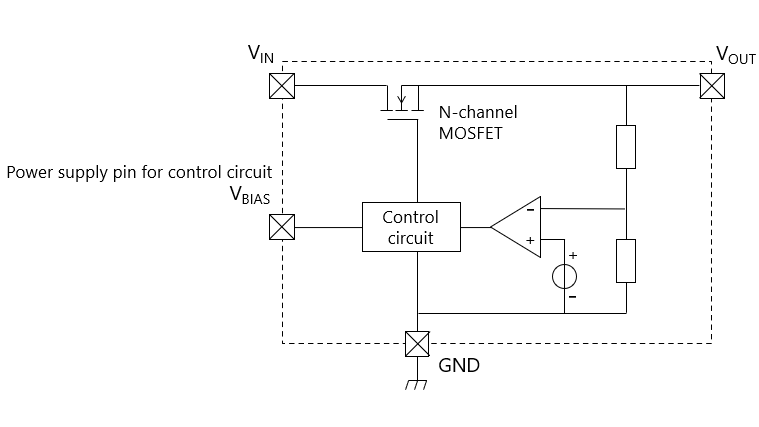
There is also a new type of LDO regulator that provides an even smaller dropout voltage, which uses an N-channel MOSFET with a smaller on-resistance than a P-channel MOSFET as an output transistor and has a power supply pin dedicated to the control circuit (including the MOSFET drive circuit).
- Prev
- 9/9
Chapter1 Introduction to Low-Dropout (LDO) Regulators
Related information
- Products
Low-Dropout Regulators (LDO Regulators) - Applidcation Notes
Application Notes - FAQs
LDO Regulators - Parametric Search
LDO Regulators - Stock Check & Purchase
Stock Check & Purchase



